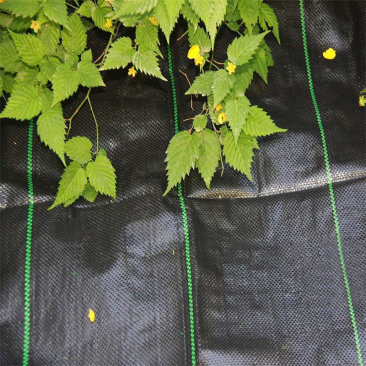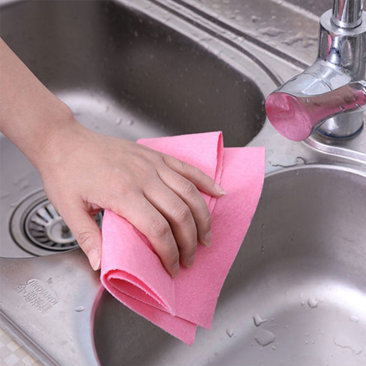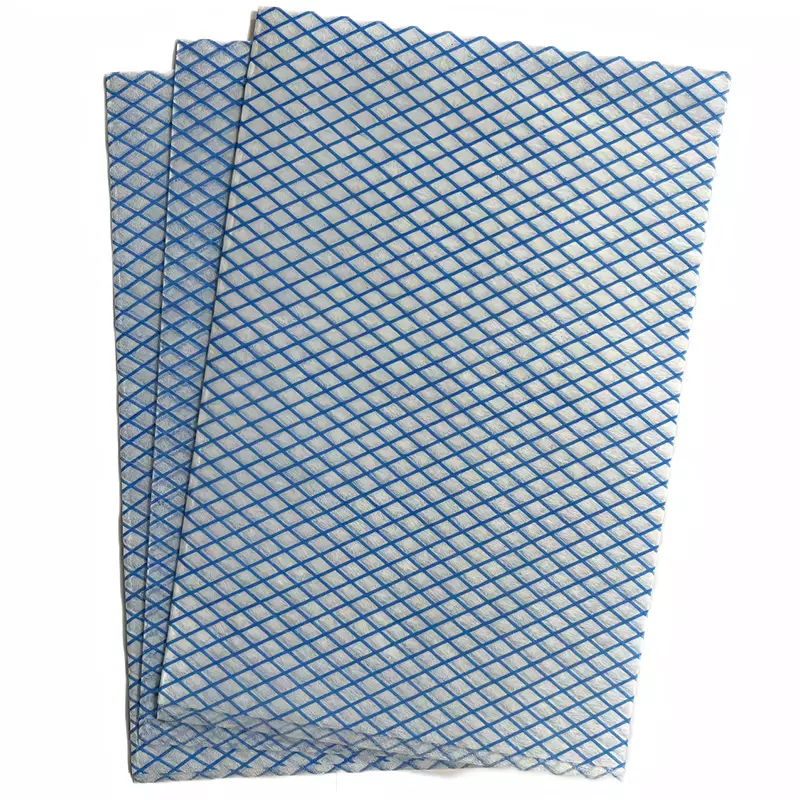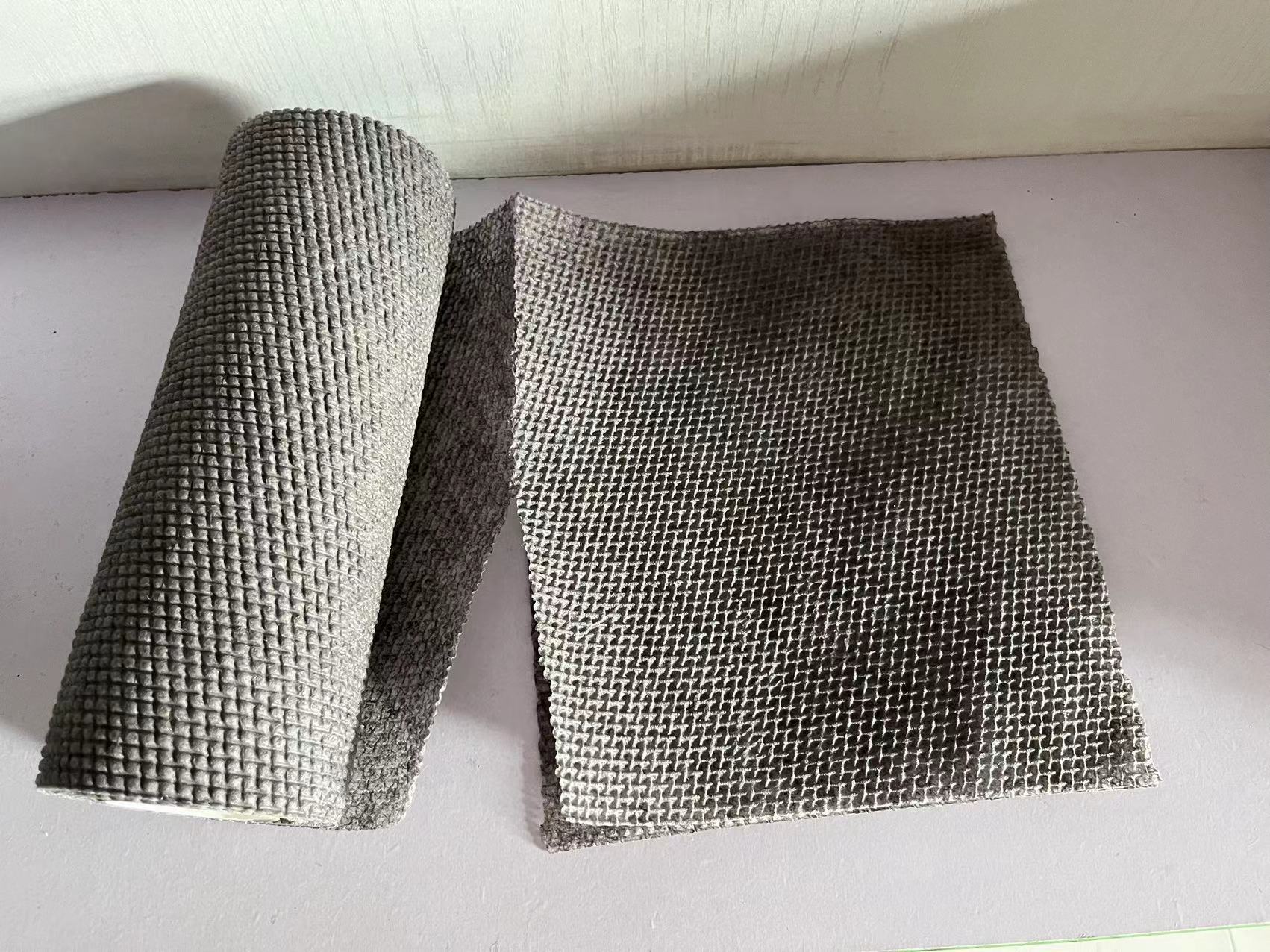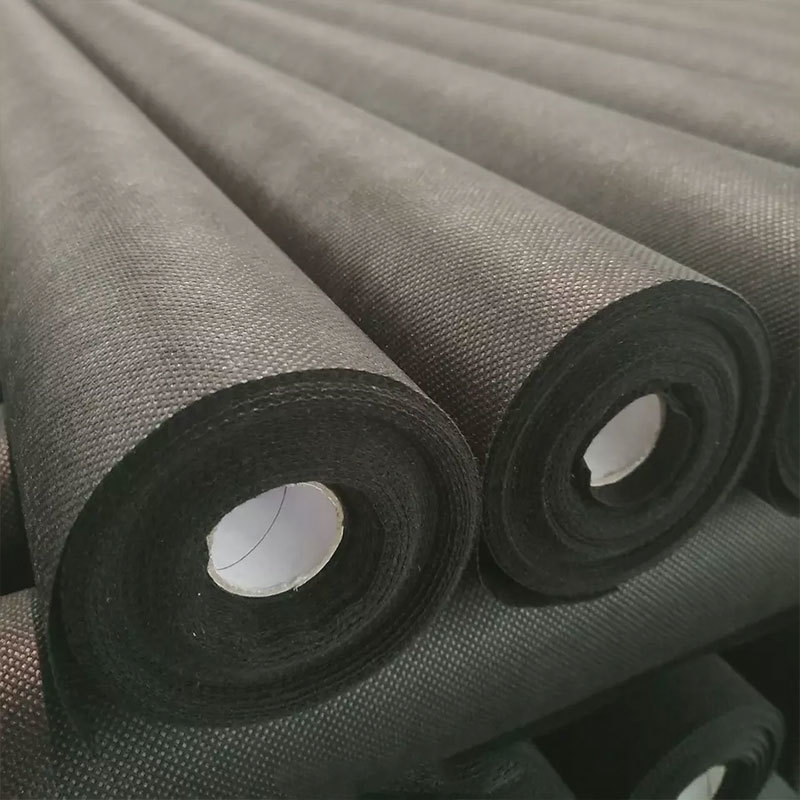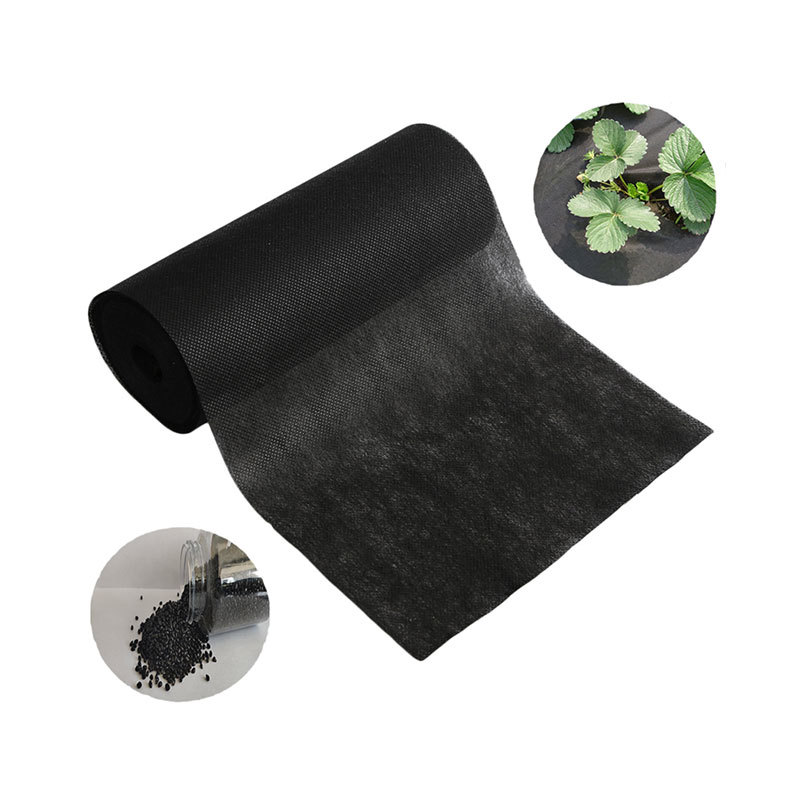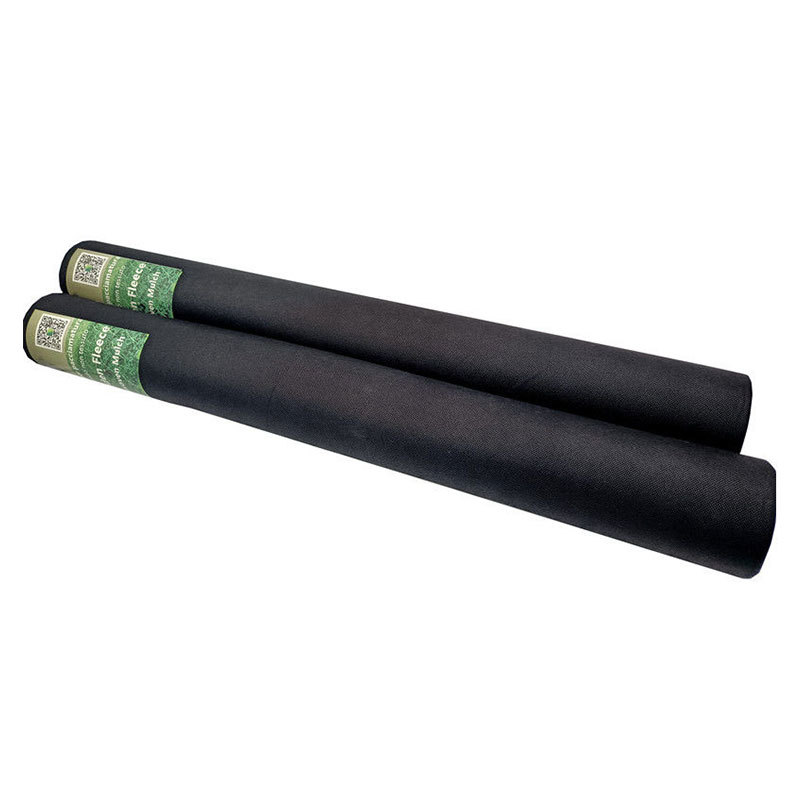02
2025
-
07
Understanding the Benefits of Permeable Landscape Fabric for Construction Sites
Permeable landscape fabric is an essential element in modern construction and landscaping practices, particularly in managing soil health and controlling erosion. This type of fabric is specifically designed to allow water, air, and nutrients to pass through while providing a barrier against weeds and unwanted plant growth. As a vital component of geotextiles, permeable landscape fabric offers num
Permeable landscape fabric is an essential element in modern construction and landscaping practices, particularly in managing soil health and controlling erosion. This type of fabric is specifically designed to allow water, air, and nutrients to pass through while providing a barrier against weeds and unwanted plant growth. As a vital component of geotextiles, permeable landscape fabric offers numerous benefits in various applications.
One of the primary advantages of permeable landscape fabric is its ability to enhance drainage. In construction environments where soil saturation can lead to instability, using permeable fabric helps manage water flow by allowing excess moisture to escape while retaining essential soil nutrients. This drainage capability reduces the risk of water pooling, which can cause erosion and other structural issues over time.
Additionally, permeable landscape fabric serves as an effective weed barrier. By blocking sunlight from reaching the soil, it inhibits weed germination and growth, thereby reducing competition for nutrients and water among desired plants. This characteristic is especially beneficial in landscaping projects where the aesthetic quality of plant life is paramount. By minimizing weed growth, permeable fabric allows for healthier vegetation, contributing to long-term site sustainability.
Moreover, the installation of permeable landscape fabric can significantly reduce maintenance efforts. As the fabric prevents weed growth and promotes healthy drainage, it minimizes the need for chemical herbicides or frequent mowing, resulting in cost savings and an eco-friendlier approach to land management. This aspect aligns with the growing trend in the industry towards sustainable practices and environmental responsibility.
Permeable landscape fabric also plays a crucial role in erosion control. In areas prone to heavy rainfall or on sloped terrains, the fabric helps stabilize the soil, preventing displacement and loss of valuable topsoil. Its permeability ensures that rainwater can seep into the ground, rather than washing away soil and sediment. This is particularly important in construction sites where soil integrity is critical to the stability of structures being built.
In conclusion, permeable landscape fabric is a practical solution for professionals in the construction and landscaping industries. Its multifunctional properties not only aid in efficient water management and weed control but also support environmental sustainability. By incorporating permeable landscape fabric into project designs, construction teams can enhance site durability, reduce maintenance costs, and promote healthier landscapes, ensuring long-term success and resilience in their endeavors.
One of the primary advantages of permeable landscape fabric is its ability to enhance drainage. In construction environments where soil saturation can lead to instability, using permeable fabric helps manage water flow by allowing excess moisture to escape while retaining essential soil nutrients. This drainage capability reduces the risk of water pooling, which can cause erosion and other structural issues over time.
Additionally, permeable landscape fabric serves as an effective weed barrier. By blocking sunlight from reaching the soil, it inhibits weed germination and growth, thereby reducing competition for nutrients and water among desired plants. This characteristic is especially beneficial in landscaping projects where the aesthetic quality of plant life is paramount. By minimizing weed growth, permeable fabric allows for healthier vegetation, contributing to long-term site sustainability.
Moreover, the installation of permeable landscape fabric can significantly reduce maintenance efforts. As the fabric prevents weed growth and promotes healthy drainage, it minimizes the need for chemical herbicides or frequent mowing, resulting in cost savings and an eco-friendlier approach to land management. This aspect aligns with the growing trend in the industry towards sustainable practices and environmental responsibility.
Permeable landscape fabric also plays a crucial role in erosion control. In areas prone to heavy rainfall or on sloped terrains, the fabric helps stabilize the soil, preventing displacement and loss of valuable topsoil. Its permeability ensures that rainwater can seep into the ground, rather than washing away soil and sediment. This is particularly important in construction sites where soil integrity is critical to the stability of structures being built.
In conclusion, permeable landscape fabric is a practical solution for professionals in the construction and landscaping industries. Its multifunctional properties not only aid in efficient water management and weed control but also support environmental sustainability. By incorporating permeable landscape fabric into project designs, construction teams can enhance site durability, reduce maintenance costs, and promote healthier landscapes, ensuring long-term success and resilience in their endeavors.
permeable landscape fabric


